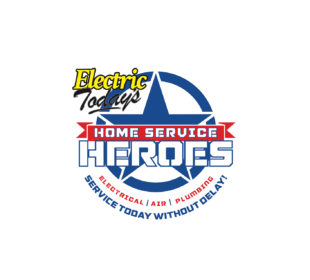It is easy to underestimate the importance of indoor air quality management. If the temperature in your Tampa home is comfortable and there’s nothing noticeably wrong, the air is fine, right?
Unfortunately, that’s not always the case. A nationwide study conducted by the U.S. Environmental Protection Agency found indoor air pollutants were often 2 to 5 times the concentrations existing outside. What’s worse, is that the EPA also found that we spend about 90 percent of our time indoors, noting that the health impact of indoor air pollutants ranges from temporary discomfort to chronic health issues or death. Luckily, there’s no need to spend 90 percent of your time managing indoor air quality. In most cases, you can improve or sustain your home’s indoor air quality by understanding the most common sources of indoor pollutants and implementing a few simple practices around the house.
What Causes Indoor Air Pollution?
Before you can effectively manage your indoor air quality, it’s important to know that most come from sources inside the home, according to EPA data. These sources include pets, faulty furnaces, and poor ventilation, among others.
Some of the most common home air pollutants include carbon monoxide, tobacco smoke, radon, pet dander, and mold, while factors such as climate, weather conditions, behavior, and your home’s airflow also play a role.
Monitor Indoor Air Quality
When managing indoor air quality, you should have two goals: source identification and protection. To accomplish both goals, there are several helpful devices that can help you monitor and assess your home’s air quality. For carbon monoxide and radon—two lethal air pollutants—it’s a good idea to consider purchasing a carbon monoxide detector and a radon test kit for your home.
In Florida’s humid climate, a hygrometer can help monitor the relative humidity in your home. High indoor humidity helps create favorable conditions for mold. In general, the relative humidity inside should be between 30 and 50 percent. To manage frequently high humidity, various dehumidifier units are available. Your HVAC professional can help you assess, which unit suits your needs. If the humidity outside is lower than in your home, one quick and easy fix is to open windows. Fans, which promote good air circulation, can also help curb humidity.
Keep Up with HVAC Maintenance
As the primary control system for indoor airflow, your HVAC system plays a big role in the quality of air inside your home. If it’s running properly, the HVAC system helps remove and prevent pollutants in the air. An inefficient HVAC system, however, could be doing more harm than good. Have your system regularly inspected and properly maintained. An HVAC professional should perform annual maintenance and inspection of your home system.
Cleaner Indoor Air Tips
Living habits have a major effect on your indoor air quality. Follow these tips to help lower your home’s exposure to pollutants:
- Vacuum and dust regularly.
- Don’t allow pets on soft surfaces, such as beds and pillows.
- Change your home air filter once per month.
- If you or someone in your home smoke, take it outside.
For more tips on indoor air quality, or to assess your home’s indoor air quality needs, contact the professionals at Home Service Heroes. Call (813) 696-3398 to schedule service today!
